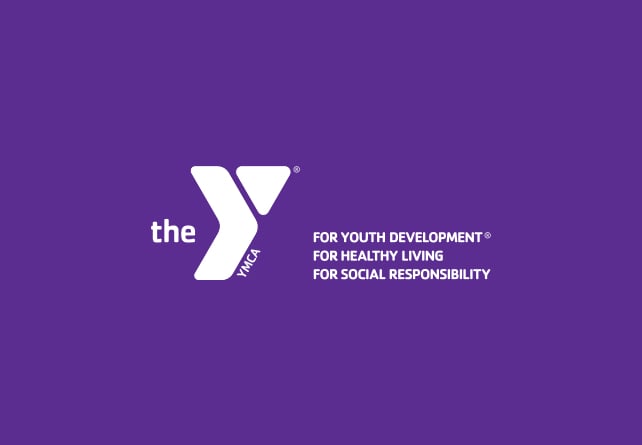How To Prevent A Stroke
A stroke is unfortunately a common occurance amongst us in society today. There are a few things you can do to help prevent them though. Recently Ryan Halvorson wrote a great article for ideafit.com.
He says:
According to the World Heart Federation, whose mission is to fight cardiovascular disease worldwide, 15 million people have a stroke each year. That’s equal to the population of Los Angeles. Six million of them die, and 5 million become permanently disabled. Researchers recently compiled a list of potentially modifiable behaviors that together account for 90.7% of strokes.
“We completed a standardized international case-control study in 32 countries in Asia, America, Europe, Australia, the Middle East and Africa,” said the report. “Cases were patients with acute first stroke (within 5 days of symptom onset and 72 hours of hospital admission).”
Researchers analyzed patients’ clinical assessments as well as blood and urine samples. The scientists then used the information to assign an estimated percentage—or population attributable risk (PAR)—to each potentially modifiable risk factor. The higher the PAR, the stronger the association between the risk factor and the condition.
And physical activity is very near the top of the list. Here are the PAR percentages for factors discussed in the report:
- hypertension, 47.9%
- physical inactivity, 35.8%
- lipids (apolipoproteins), 26.8%
- poor diet, 23.2%
- obesity, 18.6%
- smoking, 12.4%
- cardiac causes, 9.1%
- alcohol intake, 5.8%
- stress, 5.8%
- diabetes, 3.9%
These percentages are worldwide averages, and there were regional variations. In Africa and Asia, for example, the PAR for alcohol intake was higher than the average. For this reason, the researchers emphasized the importance of region-specific stroke prevention programs and interventions. Despite these variances, though, hypertension held the top spot across the board and should be the primary focus of such programs, the authors concluded.

